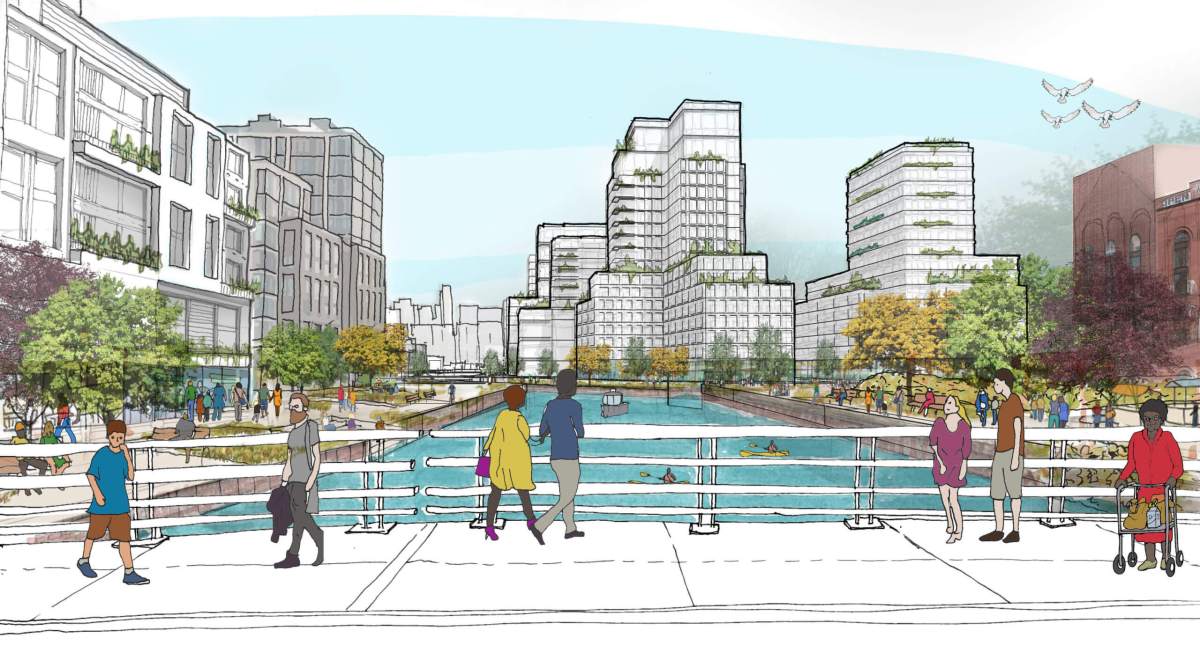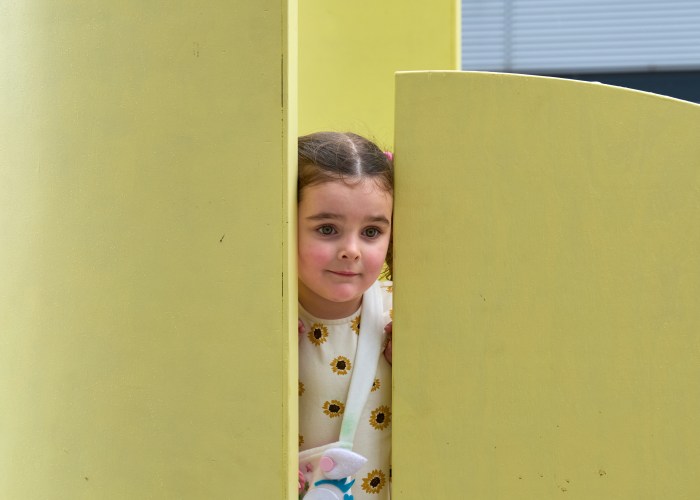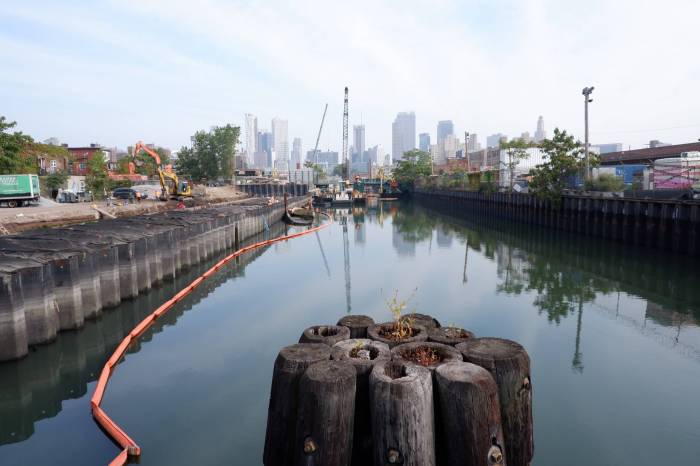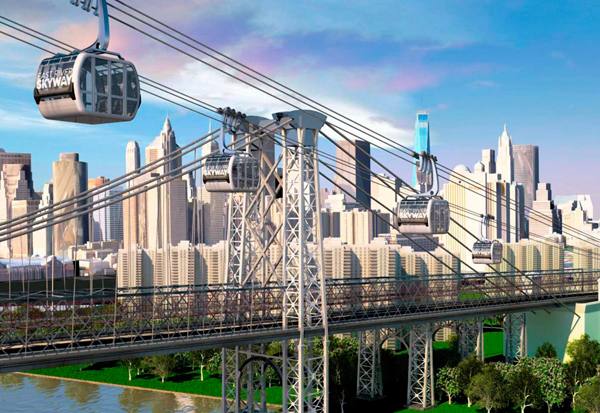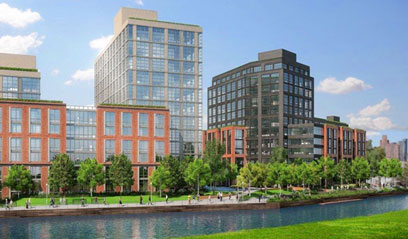The city’s Gowanus rezoning will officially start its public review process on Jan. 19, city planners announced Monday.
The neighborhood-wide land use changes will go through the city’s lengthy Uniform Land Use Review Procedure, or ULURP, giving the public, local politicians, and planning officials a chance to weigh in on the large-scale proposal.
“We are writing to give you all a heads up that we expect to certify the rezoning application into public review on January 19,” read a Dec. 7 email by the Department of City Planning. “We wanted to give you this info so you can make your end of year plans with an understanding of what to expect from the Gowanus rezoning process.”
The so-called Gowanus Neighborhood Plan proposes several site-specific rezonings within a swath of land generally bounded by Bond Street, Baltic Street, Fourth Avenue, and Huntington, Third, Seventh, and 15th streets.
The plans call for taller buildings of up to 22-30 stories in the low-rise nabe, allowing for some 8,000 new homes by 2035 — 3,000 of which will be earmarked as “affordable” units tied to residents’ income levels. If the idea goes according to plan, the change could bring some 20,000 new people to the neighborhood bordering the noxious canal.
The largest single affordable development, dubbed Gowanus Green, is planned for the polluted city-owned lot known as Public Place at the corner of Smith and Fifth streets, which is slated to bring almost 1,000 of the below-market-rate units to Gowanus. However, one local federal environmental guru recently voiced concerns about the site’s century-old contamination that developers must address before they can safely build there.
The rezoning scheme also sets aside spaces for commercial, artist, civic and cultural spaces, as well as industrial uses, while creating a continuous waterfront esplanade along Brooklyn’s Nautical Purgatory.
The canal is also currently undergoing a roughly 10-year federally-supervised Superfund cleanup, and contractors started the first phase of dredging the fetid channel in November.
The launch in 2021 will activate a one-year clock for the public review, giving local Community Board 6 60 days to weigh in and give a purely advisory recommendation on the proposal, followed by another advisory vote by Borough President Eric Adams, who has 30 days for his decision.
As with the recent meetings, the coming hearings are slated to remain virtual due to the pandemic. While officials and some locals have argued that the Zoom hearings give more people the chance to tune in than would have been able to show up in person to community meetings on weeknight evenings, opponents have decried the online-only move as muzzling critics of the plans.
After the beep votes, the project then moves before the City Planning Commission, a 13-member panel appointed by the mayor, the five borough presidents and the public advocate, which gives the first binding vote.
If CPC votes in favor, the proposal goes to the City Council for another binding vote, which usually follows the lead of the local council members — in this case Brad Lander and Stephen Levin — according to an informal rule known as member deference.
However, lawmakers have recently broken with that tradition on large land use applications, such as Sunset Park’s Industry City, where Councilman Richie Torres (D–Bronx) and then-Councilman Donovan Richards (D–Queens) urged the legislature to override local Councilman Carlos Menchaca’s opposition to the project, before the developers killed the proposal in September following mounting resistance from area activists.
Lander — whose district encompasses more of the rezoning area and who is running to be the city’s next Comptroller in 2021 — has said that the rezoning still needs to meet some conditions to gain his full support, chiefly among them a plan for investments in the local New York City Housing Authority stock.
City officials have remained tight-lipped about any improvements to public housing, citing Gotham’s COVID-19 budget woes.
DCP and other city agencies involved in the project gave two updates in November and December going over Gowanus Green and infrastructure upgrades, respectively.
The agency also promised a third meeting prior to the Jan. 19 ULURP certification to reveal more information about the level of affordability for the other roughly 2,000 below-market-rate units outside of Gowanus Green, but officials have yet to set a date, according to DCP spokesman Joe Marvilli.


